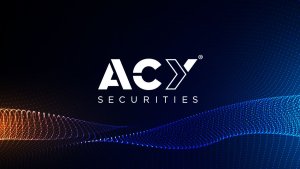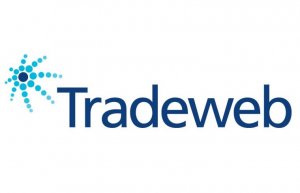Kill-switch controls, latency assessments, and dedicated algorithmic trading policy – PRA outlines new rules for algo trading firms
The proposed rules are set to apply to all algorithmic trading activities of a firm including in respect of unregulated financial instruments such as spot foreign exchange.

The United Kingdom Prudential Regulation Authority (PRA) has earlier today published a consultation paper that outlines proposed expectations regarding firms’ governance and risk management of algorithmic trading. The PRA proposes to publish a new supervisory statement (SS) on algorithmic trading.
The consultation is relevant to firms that engage in algorithmic trading and are subject to the rules in the Algorithmic Trading Part of the PRA Rulebook and Commission Delegated Regulation (EU) 2017/589. The rules would apply to all algorithmic trading activities of a firm including in respect of unregulated financial instruments such as spot foreign exchange (FX).
Algorithmic trading is automated and trades can be executed rapidly. Appropriate governance and risk management arrangements including, in particular, risk controls linked to a firm’s risk appetite, are crucial for managing the risks stemming from algorithmic trading.
Regarding governance, a firm that engages in algorithmic trading should ensure that this activity adheres to its strategic objectives, risk strategy and governance as set by its governing body.
The proposed rules require a firm to have an algorithmic trading policy which should:
- identify the firm’s algorithmic trading activity, including where it is undertaken within the firm;
- define the term ‘algorithm’ as used by the firm in the context of algorithmic trading;
- prescribe the process for the approval and decommissioning of an algorithm;
- outline the testing and validation process for algorithmic trading, including who has responsibility for these activities.
- set out minimum requirements for the monitoring and risk management of algorithmic trading, including escalation procedures relating to limit breaches.
The PRA expects a firm to implement an algorithm approval process as part of its systems and controls, which captures new algorithms, as well as customisation of, or amendment to, existing algorithms.
Before the approval of an algo, the PRA requires that a firm makes sure that:
- each algorithm to have assigned owners, who are accountable for the algorithm’s use and performance. Such accountability includes ensuring that the algorithm is appropriately developed, implemented, used as intended and has undergone appropriate testing and deployment;
- testing to be successfully completed; and
- all relevant parties (eg Front Office, Risk Management, Other Systems and Controls functions) to have considered and to have signed-off on the risks that the algorithm could expose the firm to.
The PRA requires that a firm has manual and automated controls that stop trading or prevent user access and with manual intervention required to re-start trading, that is, ‘kill-switch’ controls. A firm, at a minimum, should:
- have a governance process around the use of kill-switch controls;
- detail the action to be taken in respect of outstanding and placed orders when kill-switch controls are activated; and
- periodically assess kill-switch controls to ensure that they operate as intended. This includes an assessment of the speed at which the procedure can be affected.
The regulator advises testing of algorithms and risk controls. Prior to any algo deployment, the PRA expects, at a minimum, a firm to assess the latency of the algorithmic trading system. The firm should ensure that the latency does not adversely impact operations, including the intended operation of the risk controls.
The regulator also expects a firm to periodically re-validate algorithms and risk controls. The reviews should be carried out at a frequency and with a level of rigour commensurate with the risks the firm could be exposed to if algorithms or risk controls are not operating as intended.
The PRA also sets out a number of requirements regarding the inventories and documentation of a firm engaged in algorithmic trading. Such entities should maintain:
- a single and comprehensive inventory of algorithms;
- a single and comprehensive inventory of risk controls;
- documents that set out each algorithm’s strategy and risk mitigants;
- documents that set out the algorithmic trading system architecture; and
- documentation of kill-switch controls procedures.
The people responsible for the risk management and other Systems and controls are expected to understand algorithmic trading being undertaken at the firm, as well as the risks that such trading exposes the firm to. They are also set to have authority to challenge and ultimately restrict or impose additional controls or limits on algorithmic trading.
The PRA proposes that the algorithmic trading SS applies from June 30, 2018. Responses are requested by May 7, 2018.









